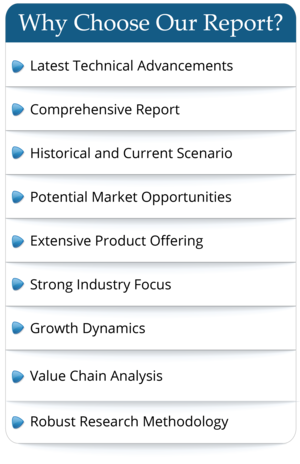Global Academic Scheduling Software Market Research Report 2022 - Market Size, Current Insights and Development Trends
SKU ID : Maia-21890125 | Publishing Date : 20-Oct-2022 | No. of pages : 114
The Academic Scheduling Software market has witnessed a growth from USD XX million to USD XX million from 2017 to 2022. With a CAGR of X.X%, this market is estimated to reach USD XX million in 2029.
The report focuses on the Academic Scheduling Software market size, segment size (mainly covering product type, application, and geography), competitor landscape, recent status, and development trends. Furthermore, the report provides strategies for companies to overcome threats posed by COVID-19.
Technological innovation and advancement will further optimize the performance of the product, enabling it to acquire a wider range of applications in the downstream market. Moreover, customer preference analysis, market dynamics (drivers, restraints, opportunities), new product release, impact of COVID-19, regional conflicts and carbon neutrality provide crucial information for us to take a deep dive into the Academic Scheduling Software market.
Major Players in the Academic Scheduling Software market are:
Foradian Technologies
iSAMS
Drivers Ed Solutions
FamilyID
Longhouse Software
Intand
Sapphire Software
Jumbula
Achieve Technology
EMS Software
Eduquette
ComQuip
ASIMUT software ApS
VACAVA
Akira Software Solutions
ProClass
College Scheduler
Edval Timetables
Applied Software Consultants
Schilling Consulting
USA Scheduler
Enriching Students
Hex Technologies
Scholastico.com
CampusCE Corporation
CyberMatrix Corporation
CollegeNET
Visual Scheduling Systems
Academic Interface
Bullet Solutions
On the basis of types, the Academic Scheduling Software market is primarily split into:
Cloud-Based
Web-Based
On the basis of applications, the market covers:
Schools, colleges and Universities
Educational Institutions
Major Region
s or countries covered in this report:United States
Europe
China
Japan
India
Southeast Asia
Latin America
Middle East and Africa
Others
Years considered for this report:
Historical Years:
2017-2021Base Year:
2021Estimated Year:
2022Forecast Period:
2022-2029Frequently Asked Questions
- By product type
- By End User/Applications
- By Technology
- By Region

 Pre-order Enquiry
Pre-order Enquiry Request Free Sample
Request Free Sample


 Request Sample
Request Sample Request Discount
Request Discount










